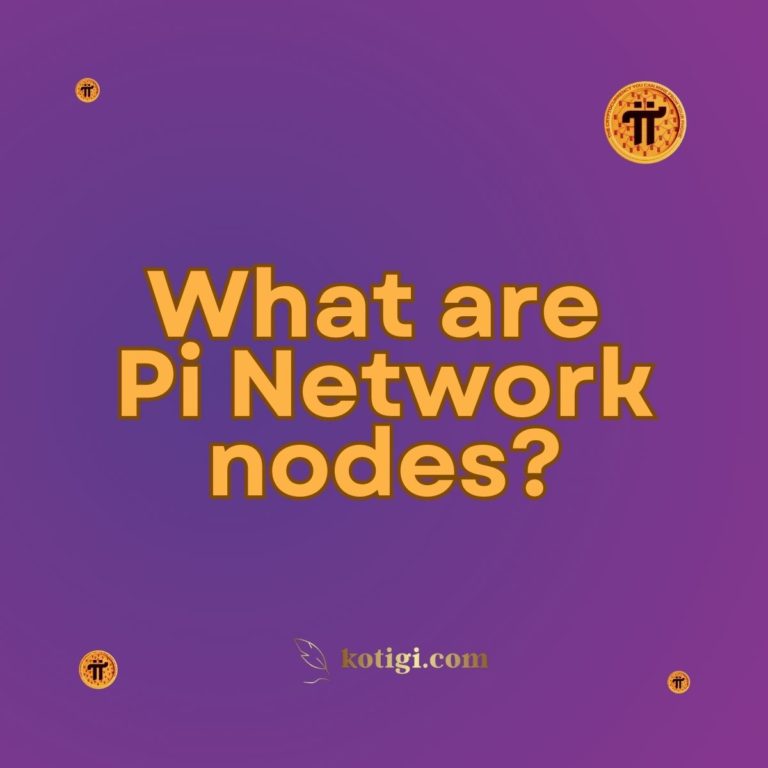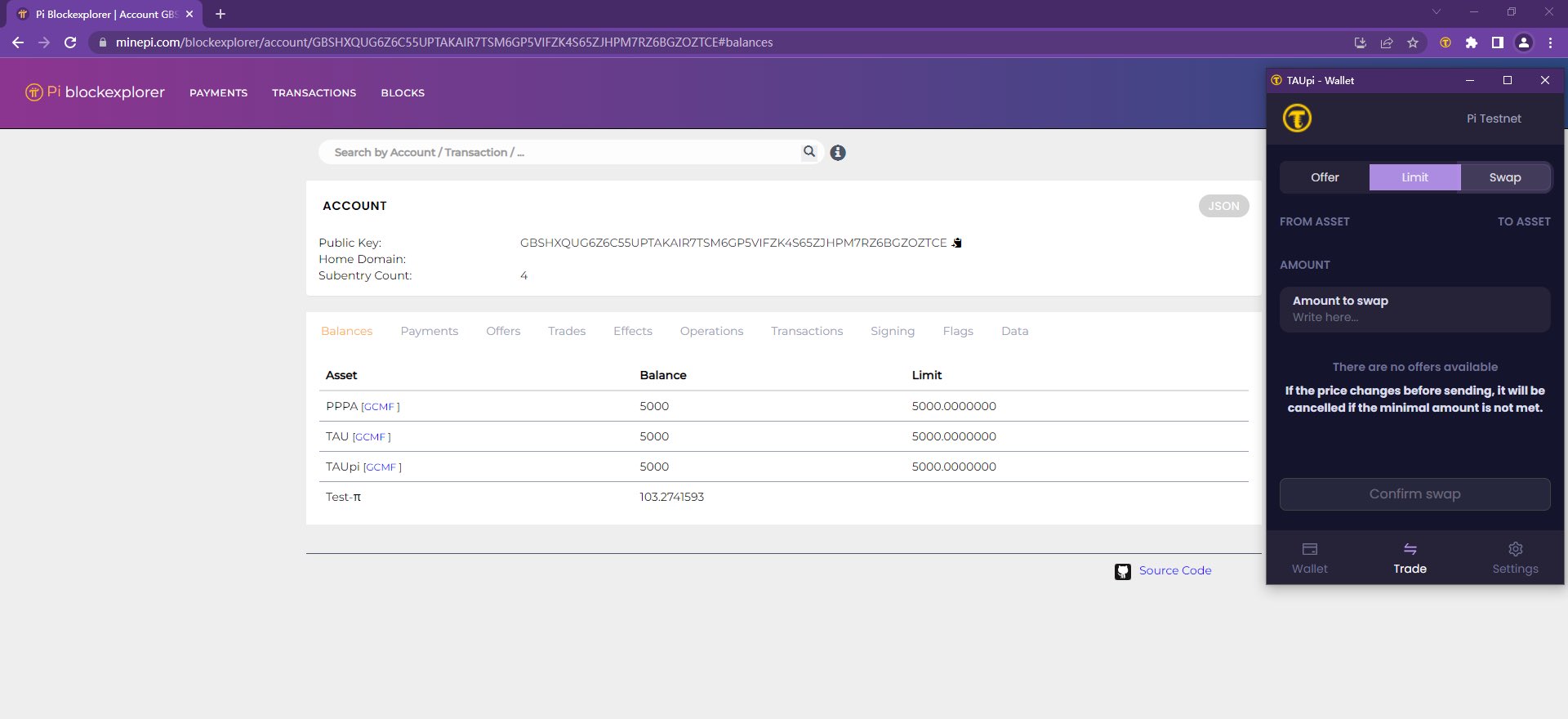What Role Do Nodes Play In The Pi Network Ecosystem?

Executive Summary

The Pi Network, a cryptocurrency aiming for mainstream adoption, relies heavily on its network of nodes for its functionality and security. This article delves into the crucial role nodes play in maintaining the Pi Network’s decentralized structure, securing transactions, and facilitating its overall growth. We’ll explore the different types of nodes, their individual responsibilities, the benefits of running a node, and the future implications of node participation within the Pi ecosystem. Understanding the node ecosystem is critical for anyone seeking to participate fully in the Pi Network’s development and future success.
Introduction
Pi Network distinguishes itself from many other cryptocurrencies through its ambitious goal of creating a decentralized network accessible to millions of users via mobile devices. This accessibility is partially achieved through its reliance on a vast network of nodes, operated by everyday users. These nodes, rather than being exclusive to large mining operations, contribute to the network’s security and transaction processing. This article provides a comprehensive overview of the vital role nodes play in the heart of the Pi Network ecosystem.
Frequently Asked Questions
-
Q: What is a Pi Node? A: A Pi Node is a device (computer, phone, etc.) that runs the Pi Network software and contributes to the network’s consensus mechanism, validating transactions, and enhancing the overall security of the system. Think of it as a vital component keeping the network running smoothly.
-
Q: What are the benefits of running a Pi Node? A: While the exact rewards and incentives may evolve with the Pi Network’s development, running a node typically contributes to the overall security and health of the network, potentially leading to increased Pi allocation or other benefits based on node performance and contribution.
-
Q: Is it difficult to run a Pi Node? A: The Pi Network aims for user-friendliness, even in node operation. While technical proficiency helps, the network is designed to make node operation as accessible as possible for regular users, although some level of understanding about network protocols and security is always helpful.
Node Types and Their Functions
Pi Network uses different types of nodes to achieve its goals. This diversity of involvement ensures a robust and resilient network. Understanding these distinctions is key to appreciating the multifaceted role nodes play.
-
Core Nodes: These are high-performance nodes crucial for network validation and consensus. They are responsible for the most critical functions, such as validating transactions and ensuring the integrity of the blockchain. They often require more substantial hardware resources.
-
Security Nodes: These nodes focus on network security. They monitor for malicious activity and help to identify and mitigate potential threats. Their role is paramount in preventing attacks and maintaining network stability.
-
Consensus Nodes: These nodes participate in the network’s consensus mechanism, ensuring the accuracy and integrity of transactions. They work together to confirm and finalize the addition of new blocks to the blockchain, ensuring that all nodes agree on the current state of the ledger.
-
Light Nodes: These nodes are particularly appealing to users with limited resources. They require less computational power and storage, making them accessible to a wider audience. While they don’t perform the same heavy lifting as other node types, they still play a crucial role in network monitoring and transaction propagation.
-
Supernodes: These are powerful nodes that assume greater responsibility within the Pi Network. They often coordinate several node functions, and potentially hold higher responsibility than most other node types, and could be rewarded with additional Pi through their involvement. They are pivotal for maintaining network stability and responsiveness.
The Importance of Decentralization
Decentralization is a cornerstone of the Pi Network’s philosophy, and nodes are intrinsically linked to achieving this goal. A decentralized network is inherently more resistant to censorship, single points of failure, and manipulation.
-
Reduced Centralization Risks: Nodes distribute the network’s power, preventing any single entity from controlling it. This directly counters the vulnerabilities inherent in centralized systems.
-
Enhanced Security: A distributed network, fueled by numerous nodes, makes it incredibly difficult for malicious actors to compromise the entire system. The more nodes, the stronger the security.
-
Improved Scalability: The distributed nature of the node network allows the Pi Network to handle a growing number of transactions without compromising speed or efficiency.
-
Resilience to Attacks: If one node or even a group of nodes fails, the network can continue functioning without major disruption. This redundancy is a key benefit of decentralization.
-
Increased Transparency: The distributed ledger technology (DLT) underpinning the Pi Network and the many nodes verifying it provide higher levels of transparency in transaction processing.
-
Community Participation: The accessibility of node operation promotes active community involvement, reinforcing the network’s democratic nature and fostering a sense of shared ownership.
Pi Node Rewards and Incentives
The Pi Network’s node program incentivizes participation by offering rewards to node operators. These rewards aim to encourage users to contribute to the network’s growth and stability. The specific rewards are subject to change, and the details of the incentivization program are regularly updated by the Pi Network team.
-
Pi Token Allocation: A primary incentive is the potential to earn additional Pi tokens for running a node. The amount earned may depend on factors like node uptime, performance, and contribution to network security.
-
Priority Access to New Features: Node operators may get early access to new features and updates, allowing them to test and provide valuable feedback to the development team.
-
Community Recognition: Active and consistent participation in the node program earns recognition within the Pi Network community, fostering a sense of shared accomplishment.
-
Enhanced Network Security: By contributing node resources, operators directly bolster the network’s overall security, which indirectly benefits all Pi users.
-
Network Governance: In the future, node operators may have a greater say in the governance of the network, influencing decisions that affect the Pi ecosystem.
-
Educational Opportunities: Participation in the node program provides opportunities to learn about blockchain technology, cryptography, and decentralized systems, fostering a better understanding of the Pi Network’s underlying architecture.
The Future of Nodes in the Pi Network
The ongoing development of the Pi Network hinges on the continued growth and evolution of its node ecosystem. The future looks bright, with several promising avenues of expansion.
-
Improved Node Software: Future iterations of the Pi Network node software are likely to enhance usability, efficiency, and accessibility. Simplification of the node operation and optimization of resources will bring more users to the network.
-
Expanded Node Functionality: New node types and functionalities may be introduced, offering more specialized roles and responsibilities within the network. This will allow for greater flexibility and adaptation to future technological advancements.
-
Increased Node Rewards: The incentive program is likely to evolve, potentially offering greater rewards to node operators who contribute significantly to the network’s security and stability.
-
Enhanced Community Engagement: The Pi Network team will likely prioritize better communication and support for node operators, fostering a strong and active community of participants.
-
Integration with Other Technologies: Future development may involve integrating the Pi Network’s node system with other technologies, such as IoT devices, to expand its reach and capabilities. This could potentially increase the Pi Network’s influence on various industries.
Conclusion
The Pi Network’s success fundamentally depends on the active and robust participation of its node operators. Nodes are not merely ancillary components; they are the lifeblood of the network, ensuring its security, stability, and overall functionality. As the network matures and expands, the importance of nodes will only increase. By understanding the diverse roles and responsibilities of different node types, as well as the benefits and incentives associated with node operation, individuals can make informed decisions about their participation in the Pi Network’s ongoing development and future success. The future of Pi is inextricably linked to the continued growth and dedication of its node community.
Keywords
Pi Network, Nodes, Decentralization, Cryptocurrency, Blockchain



